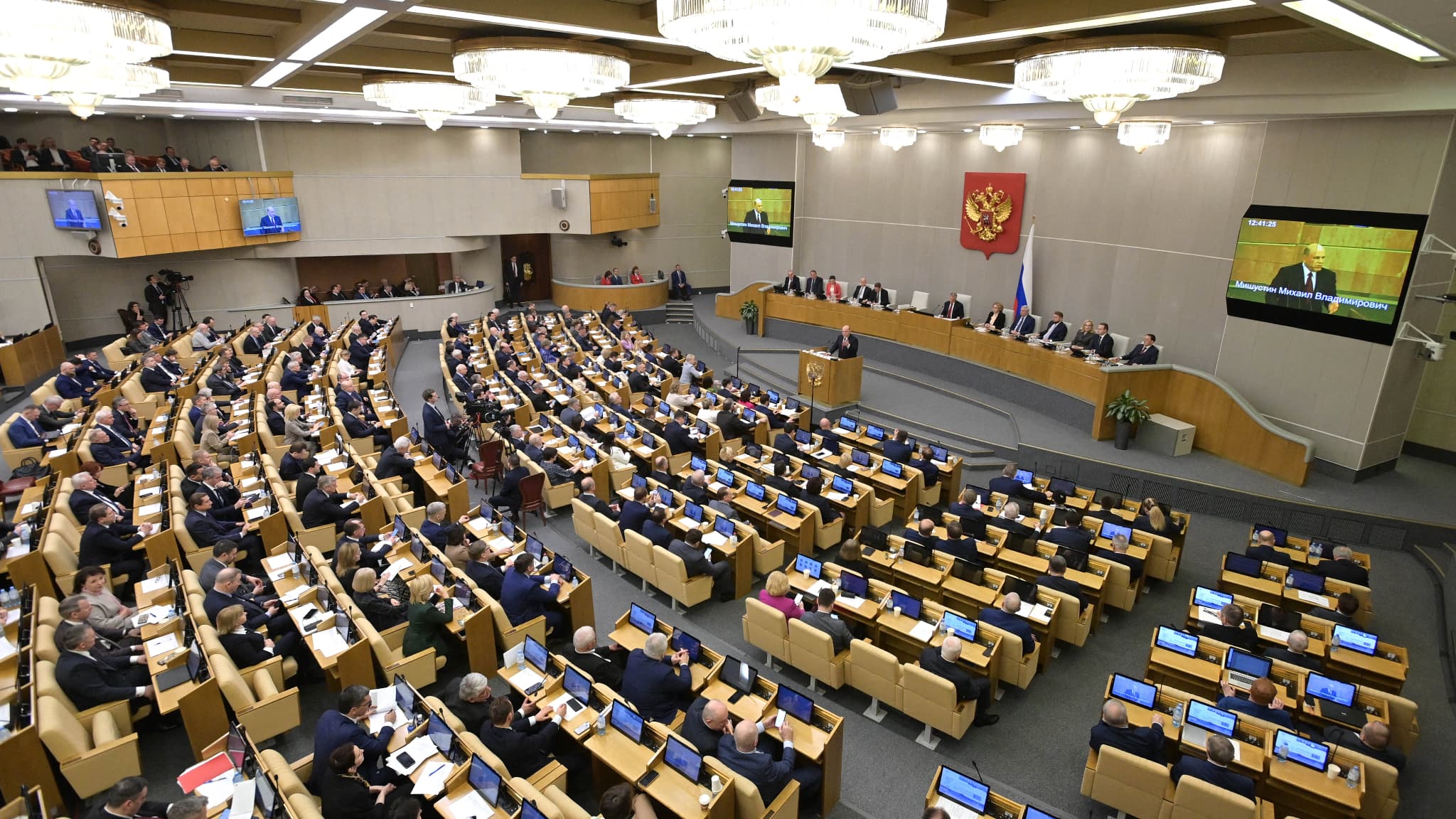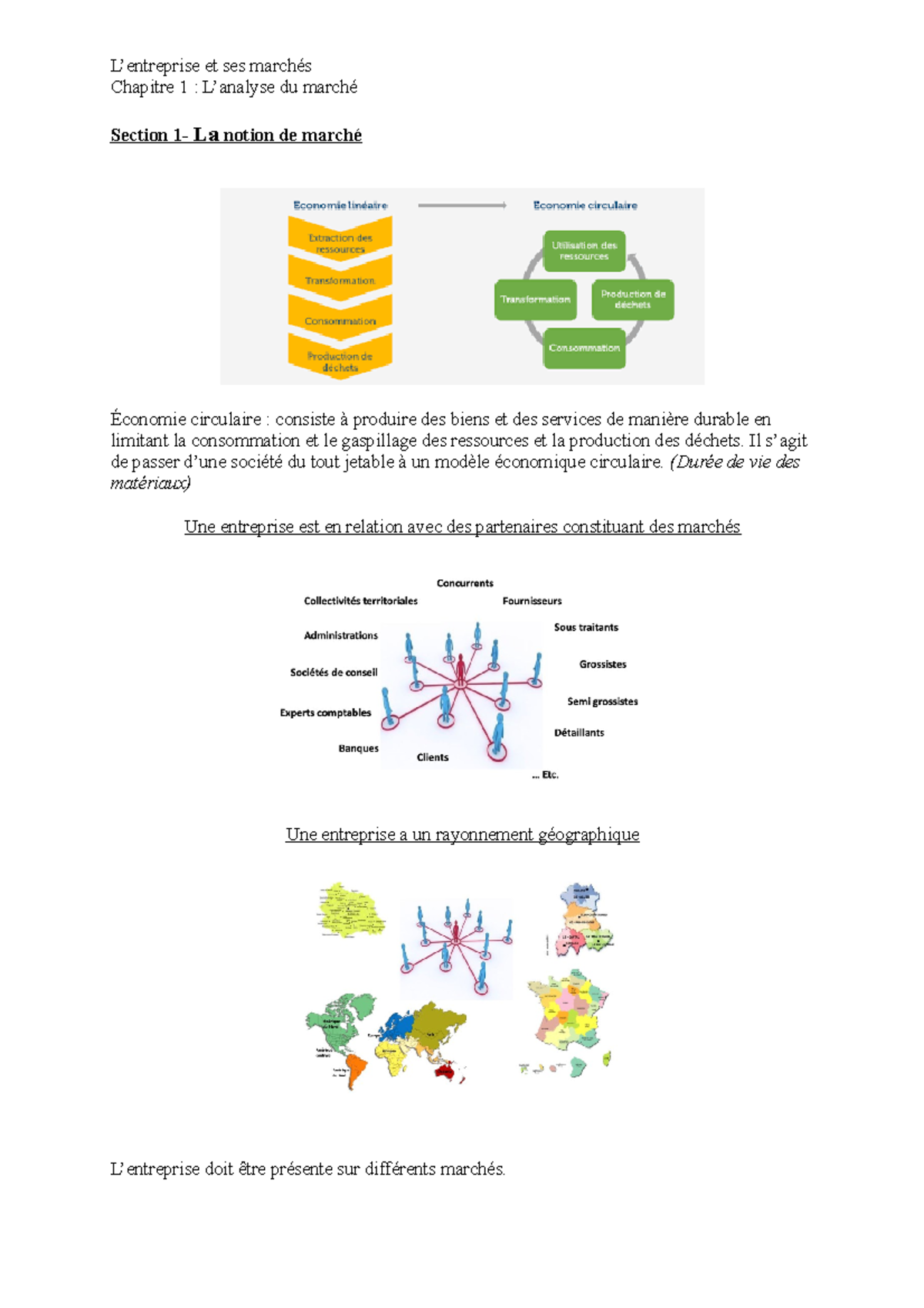Trump's Economic Policies And Their Real-World Results

Table of Contents
H2: Tax Cuts and Jobs Act of 2017
The Tax Cuts and Jobs Act (TCJA) of 2017 represented a cornerstone of Trump's economic agenda. Its core components—significant corporate and individual tax cuts—promised to stimulate economic activity.
H3: Corporate Tax Cuts
The TCJA slashed the federal corporate tax rate from 35% to 21%, the lowest in decades. Proponents argued this would incentivize investment, boost corporate profits, and lead to increased job creation. While corporate profits did indeed rise following the tax cuts, the anticipated surge in investment and job creation remained somewhat muted.
- Increased corporate profits: Many large corporations saw a significant increase in profits post-TCJA. However, much of this increase was channeled into stock buybacks rather than substantial investments in new equipment or hiring.
- Impact on the stock market: The stock market experienced a period of robust growth following the tax cuts, though it's difficult to isolate the TCJA's impact from other market forces.
- Repatriation of overseas funds: The TCJA encouraged the repatriation of billions of dollars in corporate profits held overseas. While this injected capital into the US economy, its overall impact on investment and job creation is debated.
- Criticism regarding lack of substantial job creation: Critics point to a lack of substantial job growth directly attributable to the corporate tax cuts, arguing that the benefits primarily accrued to shareholders and executives.
H3: Individual Tax Cuts
The TCJA also significantly altered individual income tax rates and standard deductions. Lower tax rates were intended to boost disposable income and stimulate consumer spending.
- Impact on disposable income: Many individuals experienced a modest increase in disposable income due to the tax cuts, leading to some increased consumer spending.
- Consumer spending: While consumer spending increased, the effect wasn't as dramatic as some had predicted, and the increase may be attributed to other factors as well.
- National debt increase: The TCJA contributed significantly to the already growing national debt, raising concerns about the long-term fiscal sustainability of the US economy.
- Distributional effects across income brackets: The tax cuts disproportionately benefited higher-income individuals, exacerbating income inequality. Lower-income individuals experienced smaller tax reductions or even tax increases in some cases.
H2: Deregulation
Trump's administration pursued a broad deregulation agenda, impacting various sectors. This approach aimed to reduce the regulatory burden on businesses, fostering economic growth. However, critics raised concerns about potential negative consequences.
H3: Environmental Regulations
Numerous environmental regulations were rolled back or weakened under the Trump administration. This affected sectors like clean energy, fossil fuels, and water pollution.
- Specific examples of deregulation: Examples include loosening emissions standards for automobiles and power plants, and weakening protections for endangered species.
- Environmental impact assessments: Many environmental groups argued that the deregulation led to increased pollution and environmental damage, with long-term economic consequences.
- Long-term economic consequences: The long-term economic impacts of environmental deregulation remain uncertain, but potential costs related to increased pollution and health problems are substantial.
- Impact on specific industries (e.g., fossil fuels): The fossil fuel industry benefited significantly from the deregulation, while renewable energy industries faced setbacks.
H3: Financial Regulations
The Trump administration sought to reduce the regulatory burden on financial institutions, particularly through modifications to the Dodd-Frank Act.
- Specific changes made: The administration implemented several changes, loosening regulations on banks and financial institutions.
- Potential risks to financial stability: Critics argued that these changes increased the risk of future financial crises by reducing oversight and increasing systemic risk.
- Impact on banks and financial institutions: Banks generally benefited from reduced compliance costs, though it's unclear whether this translated into increased lending or investment.
- Increased risk of future crises: The long-term consequences of these regulatory rollbacks remain a source of ongoing debate.
H2: Trade Policies and Tariffs
Trump's administration pursued protectionist trade policies, imposing significant tariffs on imports from various countries, particularly China.
H3: Trade Wars and Tariffs on Imports
The imposition of tariffs triggered trade wars with multiple countries, disrupting global supply chains and impacting various US industries.
- Impact on specific industries (e.g., agriculture, manufacturing): Certain sectors like agriculture suffered heavily from retaliatory tariffs, while others experienced temporary gains.
- Consumer price increases: Tariffs led to higher prices for consumers on many imported goods.
- Retaliatory tariffs: Other countries retaliated with their own tariffs, creating a complex web of trade restrictions.
- Impact on global supply chains: Global supply chains were significantly disrupted, leading to uncertainty and increased costs for businesses.
H3: Renegotiation of Trade Agreements
The renegotiation of NAFTA into the USMCA (United States-Mexico-Canada Agreement) was another key aspect of Trump's trade policy.
- Key changes in USMCA: The USMCA introduced several changes to NAFTA, including provisions regarding digital trade and labor standards.
- Impact on trade with Mexico and Canada: The impact on trade with Mexico and Canada is complex and still unfolding.
- Benefits and drawbacks for US businesses and consumers: While some sectors gained, others faced challenges adjusting to the new rules.
H2: Impact on Key Economic Indicators
During Trump's presidency, the US economy experienced a period of moderate growth, with fluctuations in key economic indicators.
- GDP growth: GDP growth was relatively strong in some periods but slowed in others.
- Job creation: Job growth was positive, but the rate of creation wasn't exceptionally high compared to previous administrations.
- Inflation: Inflation remained relatively low.
- National debt: The national debt increased significantly.
- Income inequality: Income inequality continued to be a persistent challenge, showing no significant improvement.
It’s crucial to note that attributing specific economic outcomes solely to a single administration's policies is an oversimplification. Global events, technological advancements, and other factors also play significant roles.
3. Conclusion
Trump's economic policies generated mixed results. While the tax cuts boosted corporate profits and stimulated some consumer spending, they also contributed to a widening national debt and exacerbated income inequality. Deregulation efforts potentially fostered economic growth in certain sectors but also raised concerns about environmental protection and financial stability. Protectionist trade policies disrupted global supply chains and increased prices for consumers. A comprehensive evaluation requires a nuanced understanding of these intertwined effects, recognizing the complex interplay of various economic factors. Further research into Trump's economic policies and their long-term consequences is essential for informed discussions about future economic strategies. We encourage readers to explore alternative economic models and their potential impacts to foster a more robust and equitable economic future.

Featured Posts
-
 Usa Today Tensions Americano Russes Et Hausse Des Depenses Militaires
Apr 23, 2025
Usa Today Tensions Americano Russes Et Hausse Des Depenses Militaires
Apr 23, 2025 -
 Amandine Gerard Et Je T Aime Moi Non Plus Un Regard Sur L Europe Et Ses Marches
Apr 23, 2025
Amandine Gerard Et Je T Aime Moi Non Plus Un Regard Sur L Europe Et Ses Marches
Apr 23, 2025 -
 World Series Outcome Hinged On Single Crucial Hit Says Roberts
Apr 23, 2025
World Series Outcome Hinged On Single Crucial Hit Says Roberts
Apr 23, 2025 -
 Price Gouging Allegations Surface In La After Fires A Reality Tv Star Weighs In
Apr 23, 2025
Price Gouging Allegations Surface In La After Fires A Reality Tv Star Weighs In
Apr 23, 2025 -
 Aaron Judges 3 Home Runs Power Yankees To Record Breaking 9 Homer Game
Apr 23, 2025
Aaron Judges 3 Home Runs Power Yankees To Record Breaking 9 Homer Game
Apr 23, 2025
